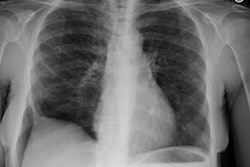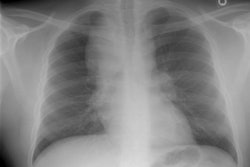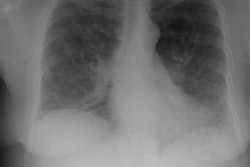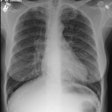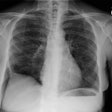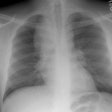Cartilaginous disorders of the chest.
Meyer CA, White CS
Cartilaginous disorders of the thorax can arise in the parenchyma, airways,
chest wall, and axial skeleton. At radiography,
pulmonary hamartoma is characterized by "popcorn" calcification or
fat density, either of which is diagnostic. Bronchiectasis is
best demonstrated at high-resolution computed tomography (CT) and has
a "tramline" or "signet ring" appearance.
Tracheopathia osteochondroplastica appears at CT as multiple sessile
submucosal nodules with or without calcification along
the cartilaginous portion of the trachea. In relapsing polychondritis,
the trachea and mainstem bronchi have diffuse or focal
thickening with luminal narrowing at radiography. Costochondritis of
the chest wall has become more prevalent with increased
intravenous drug abuse and may be demonstrated at CT as soft-tissue
swelling along with underlying cartilaginous fragmentation
and bone destruction. Enchondromas are expansile and may display a
calcified cartilaginous matrix at radiography. In
osteochondroma, the thickness of the cartilaginous cap determines the
likelihood of malignant degeneration. At radiography,
chondroblastomas have a round contour, sharp margins, and cortical
scalloping, whereas chondrosarcomas are large masses
with indistinct margins, cortical breakthrough, and soft-tissue extension.
By identifying either a process affecting a
cartilage-containing structure or a cartilaginous matrix within a lesion,
the chest radiologist may be able to narrow the list of
differential diagnostic possibilities substantially.

